When it comes to designing and constructing a swimming pool, pool tiles play a crucial role in not only enhancing the aesthetics but also ensuring the pool’s longevity and safety. Pool tile standards help define the guidelines and criteria for selecting the right tiles for commercial and residential pools, ensuring durability, slip-resistance, and easy maintenance. In this article, we will delve into the important aspects of pool tile standards that every pool owner, designer, and builder should be aware of. 1. Material Selection: Pool tiles are available in a wide range of materials, including ceramic, porcelain, glass, and natural stone. Each material has its unique features and advantages. Pool tile standards emphasize the importance of selecting materials that are specifically designed for pool use, as they are more resistant to pool chemicals, temperature variations, and fading caused by prolonged exposure to the sun.

.
 Ceramic and porcelain tiles, for instance, are popular choices due to their durability, resistance to fading and cracking, and ability to withstand pool chemical exposure. Glass tiles, on the other hand, are known for their shimmering appearance and ability to reflect light, enhancing the pool’s visual appeal. 2. Slip-Resistance: Safety is of paramount importance when it comes to pool tiles. Wet pool surfaces can become slippery, increasing the risk of accidents. Pool tile standards require selecting tiles that have a slip-resistant rating to minimize the chances of slip and fall incidents. The coefficient of friction (COF) is used to measure a tile’s slip resistance, with higher values indicating better slip resistance. Most pool tile standards recommend a COF rating of 0.6 or higher for pool tiles to ensure safety. 3. Size and Pattern: The size and pattern of pool tiles contribute significantly to the pool’s aesthetic appeal. Pool tile standards suggest using smaller tiles for pool floors, as they provide better traction and facilitate water drainage.
Ceramic and porcelain tiles, for instance, are popular choices due to their durability, resistance to fading and cracking, and ability to withstand pool chemical exposure. Glass tiles, on the other hand, are known for their shimmering appearance and ability to reflect light, enhancing the pool’s visual appeal. 2. Slip-Resistance: Safety is of paramount importance when it comes to pool tiles. Wet pool surfaces can become slippery, increasing the risk of accidents. Pool tile standards require selecting tiles that have a slip-resistant rating to minimize the chances of slip and fall incidents. The coefficient of friction (COF) is used to measure a tile’s slip resistance, with higher values indicating better slip resistance. Most pool tile standards recommend a COF rating of 0.6 or higher for pool tiles to ensure safety. 3. Size and Pattern: The size and pattern of pool tiles contribute significantly to the pool’s aesthetic appeal. Pool tile standards suggest using smaller tiles for pool floors, as they provide better traction and facilitate water drainage.
..
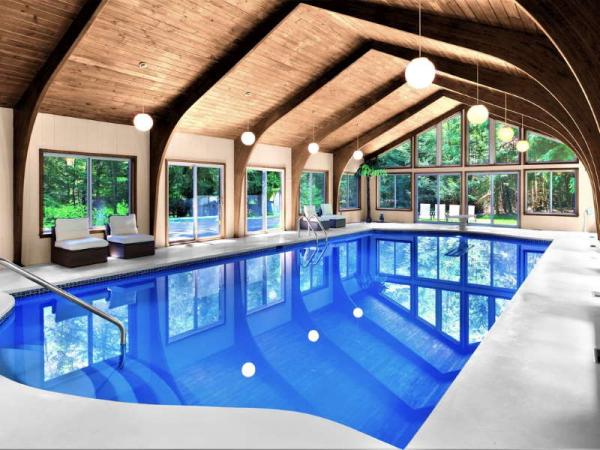 Larger tiles are often used in pool edges and decorative accents. Regarding the pattern, a popular choice for pool tiles is the square grid layout, which creates a clean and modern look. Alternating colors or patterns on the pool floor can also add visual interest. However, pool tile standards emphasize the importance of maintaining consistent grout joint widths for the safety and longevity of the tiles. 4. Chemical and Stain Resistance: Swimming pool water is treated with various chemicals to maintain its quality and hygiene. Pool tiles must be resistant to these chemicals, preventing them from deteriorating or losing their vibrant colors. Pool tile standards outline specific chemical resistance requirements for pool tiles, ensuring they can withstand the effects of chlorine, algaecides, and other pool disinfection agents without compromising their integrity.
Larger tiles are often used in pool edges and decorative accents. Regarding the pattern, a popular choice for pool tiles is the square grid layout, which creates a clean and modern look. Alternating colors or patterns on the pool floor can also add visual interest. However, pool tile standards emphasize the importance of maintaining consistent grout joint widths for the safety and longevity of the tiles. 4. Chemical and Stain Resistance: Swimming pool water is treated with various chemicals to maintain its quality and hygiene. Pool tiles must be resistant to these chemicals, preventing them from deteriorating or losing their vibrant colors. Pool tile standards outline specific chemical resistance requirements for pool tiles, ensuring they can withstand the effects of chlorine, algaecides, and other pool disinfection agents without compromising their integrity.
…
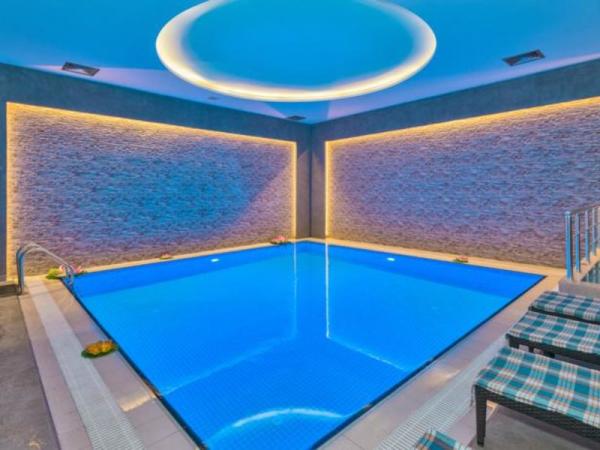 In addition, pool tiles should also be resistant to staining caused by minerals, oils, and dirt that can accumulate over time. Stain-resistant tiles make cleaning and maintenance more manageable, extending the lifespan of the pool’s appearance. Conclusion: Pool tile standards provide essential guidance for selecting tiles that meet specific criteria for durability, slip-resistance, chemical resistance, and aesthetic appeal. Meeting these standards is crucial for creating a safe and visually appealing swimming pool that will stand the test of time. By understanding and adhering to pool tile standards, pool owners, designers, and builders can ensure that their choice of pool tiles aligns with the highest industry standards, resulting in a beautiful, functional, and long-lasting pool.
In addition, pool tiles should also be resistant to staining caused by minerals, oils, and dirt that can accumulate over time. Stain-resistant tiles make cleaning and maintenance more manageable, extending the lifespan of the pool’s appearance. Conclusion: Pool tile standards provide essential guidance for selecting tiles that meet specific criteria for durability, slip-resistance, chemical resistance, and aesthetic appeal. Meeting these standards is crucial for creating a safe and visually appealing swimming pool that will stand the test of time. By understanding and adhering to pool tile standards, pool owners, designers, and builders can ensure that their choice of pool tiles aligns with the highest industry standards, resulting in a beautiful, functional, and long-lasting pool.

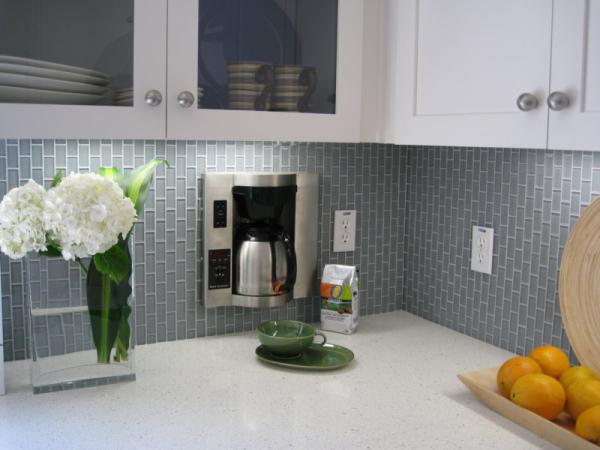
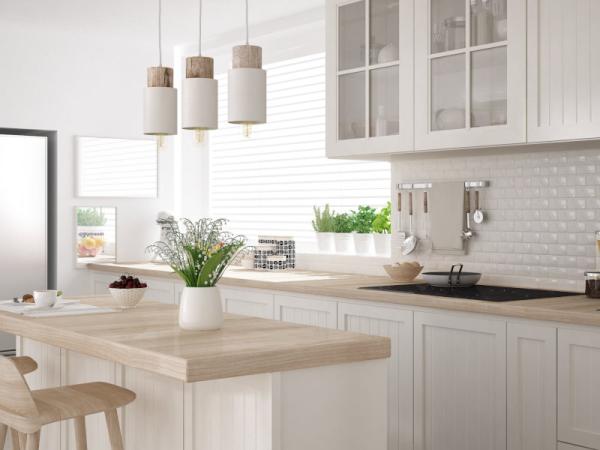
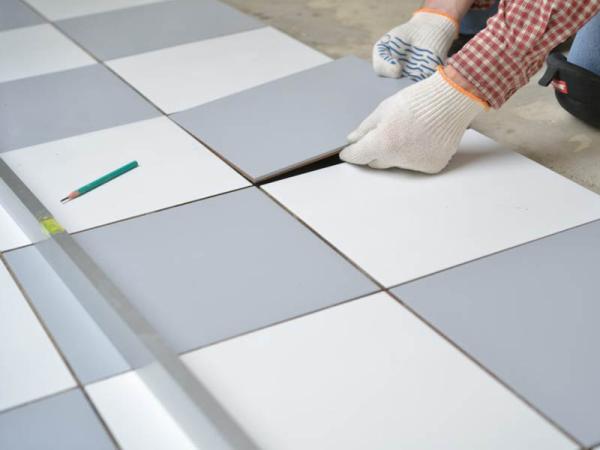


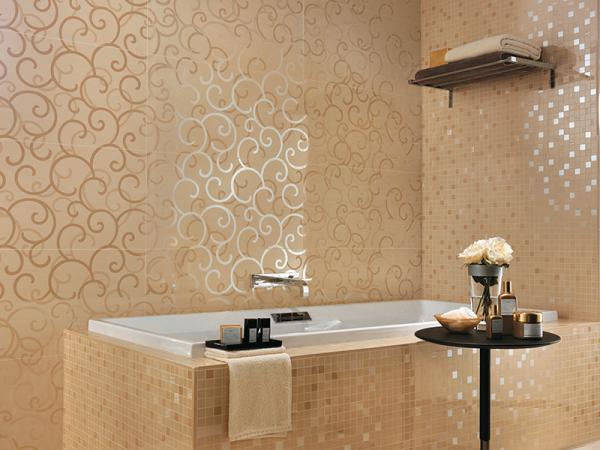
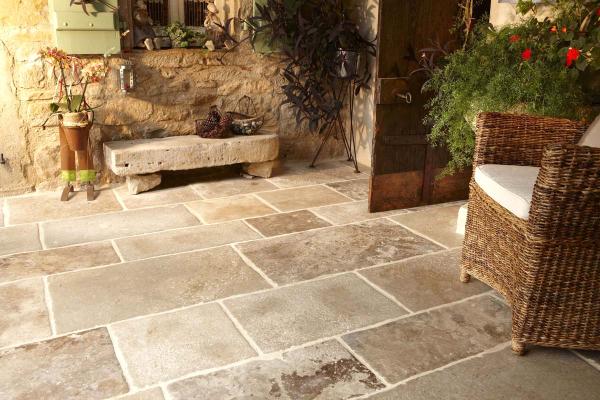


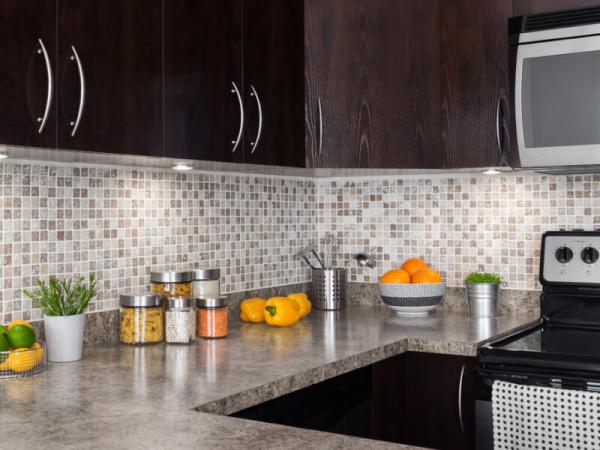
Your comment submitted.